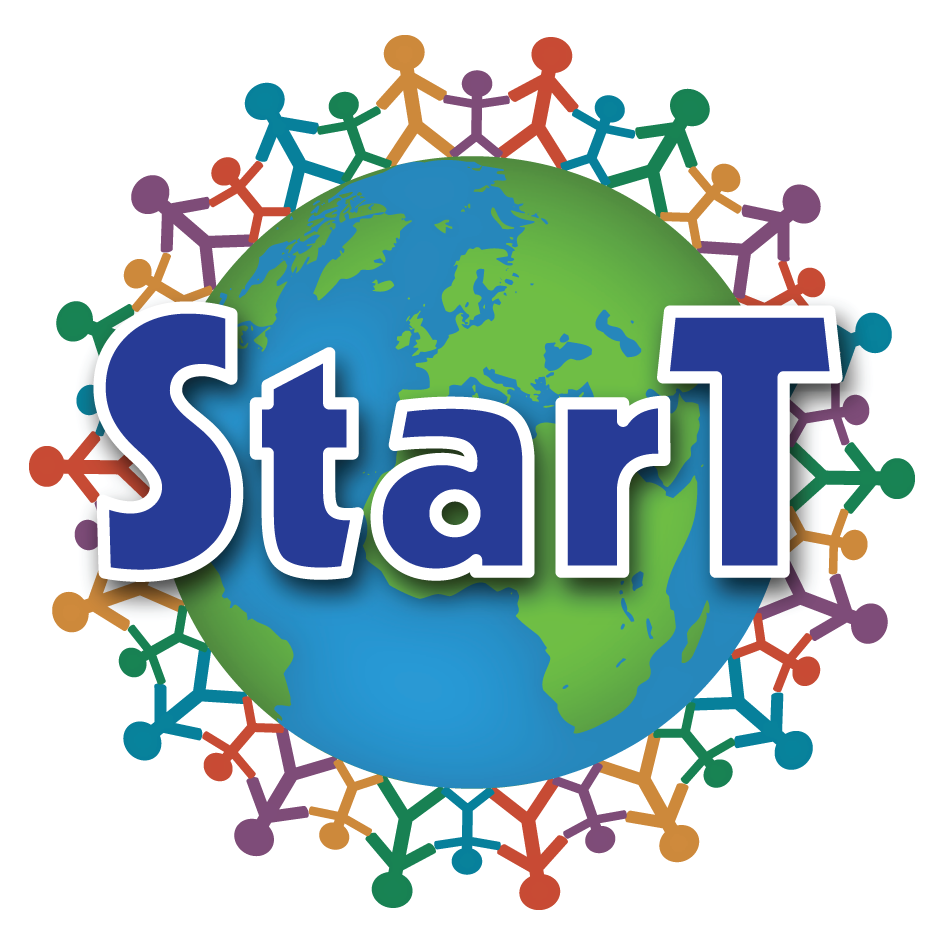Mathematics around us
It is hard to imagine a day without needing mathematics. When planning your own finance and timetables, at the sales, cooking,renovating and solving everyday problems you need maths. From this page you can find practical and motivating materials and ideas for teaching ‘Mathematics around us’. Materials and ideas are categorised according to the age of students. Moreover, there is background information and other additional materials which can help with planning projects.
your own finance and timetables, at the sales, cooking,renovating and solving everyday problems you need maths. From this page you can find practical and motivating materials and ideas for teaching ‘Mathematics around us’. Materials and ideas are categorised according to the age of students. Moreover, there is background information and other additional materials which can help with planning projects.
The Best Maths projects
StarT 2018
- Programming your own game, Jyväskylän normaalikoulun alakoulu, Finland
The students designed and programmed their own learning games that were then presented at the university in a national symposium and in the school’s own StarT gala. LUMA StarT Award -nominee 2018.
- Educational Complex “Vseznaiko”, The pattern of correlation of a snowball’s flight length depends on its mass.
Project diary
StarT 2017
-
Mathematics of Chestnut (the learning diary) from Szivárvány Kindegarten, Hungary was International LUMA StarT Award Nominee 2017.
The mathematics of the chestnut and the Winter Health Week projects were carried out in the Szivárvány Kindegarten. Both projects started with planning and topic selection, followed by carrying out the projects, then assessment. The children were really cooperative during the projects. The kindergarten management supported our work as well and provided us with the necessary appliances and environment to successfully carry out the projects. At the kindergarten gymnastics event the parents were active participants as well. After the mathematics of the chestnut project we have noticed that the counting skills of the children improved significantly. In the case of Winter Health Week we have also seen that the children’s vocabulary has improved and they gave more educated answers to question related to health issues. The main tasks for the future are practicing mathematical operations and internalizing the habits related to health.
- Betygala Maironis gymnasium from Lithuania (the learning diary) combined Maths with Moomins.
Class contains schoolchildren with different skills, but all children participated in the project “Everyday mathematics”. Some tasks were done individually, others in groups. I help was needed, they helped each other. The exercises were individualised and differentiated. Schoolchildren together read a book by Tove Jansson “Moomin and the Magic Hat”. Later schoolchildren were making Moomins, hats, little ghosts, little clouds and were solving various mathematical exercises. They did a research “What exercises I can solve the best?”, and created a chart. By cooperating in pairs schoolchildren made lapbooks “Do you know the time?”, “Geometric bodies”, “Perimeter and area”, “Symetry”, “Movement exercises”. During the sessions of IKT informal education fourth graders were making slides, created mathematics exercises, created the game “I play mathematics”, created virtual book of mathematics exercises. During the “StarT fair” they presented the completed works to other schoolchildren of gymnasium’s primary grades and preschool group, as well as parents of schoolchildren. Link to the virtual book: http://www.calameo.com/read/003535862571fae29532b
- High School Mesterul Manole from Moldova discovered the Maths in our everyday lives (the learning diary).
- “It’s a young team, 6th grade. They are motivated for innovation, with parents interested in their children to develop the sense of logical thinking, to learn as much as possible from practice. They were happy to use their free time working on the project. During the project they paid a great attention to new information, were amazed about their possibility to use the technology in their daily learning. They used the educational resources given by the teachers to the maximum. They elaborated Power Point applications about Finland and Moldova in numbers and comparisons, using all data about these two countries. It had a great transdisciplinarity, using computers and softs, biology, mathematics, geography and English. They understood that today it is impossible to avoid computers and mathematics, they are everywhere and must be used as reasonable as possible. They found that in the village the geometrical figures and numbers are everywhere, they admired the beauty of the proportions in all buildings. Mathematics became an awesome science. They used the programmes and aplications: Word, Excel, Geogebra, Power Point, Paint, Stupeflix, Movie Maker etc. They saw mathematics differently, they realized that it must be studied deeply, with interest. It is worthy studying it at the computer using the new discoveries in mathematics. The comparison between mathematics and the environment that surrounds them had a great impact on them, opening their eyes on figures and numbers. They were very glad to share the information with other students about the non-formal learning of the computer and mathematics. Now they are more motivated the next year to study Informatics.”
Materials
Kindergarten and preschool (3-7 year olds)
Find the mathematics in your everyday life and practice measuring.
Primary School (7-12 year olds)
Plan your dream holiday or do research on the geometry of your surroundings. Get familiar with the materials for primary schools!
Lower Secondary (13-15 year olds)
Plan your dream holiday or study mathematics of music. Make maths relevant and get inspired!
- Dream holiday
- Founding a company
- Geometrical shapes
- Geometry of Goal-Scoring
- M&M Maths
- Mathematics in my own life
- Measuring Up!
- Playing Music
Upper Secondary level (16-19 year olds)
Found your own company or plan a monthly budget for yourself. Materials are also suitable for vocational schools.
